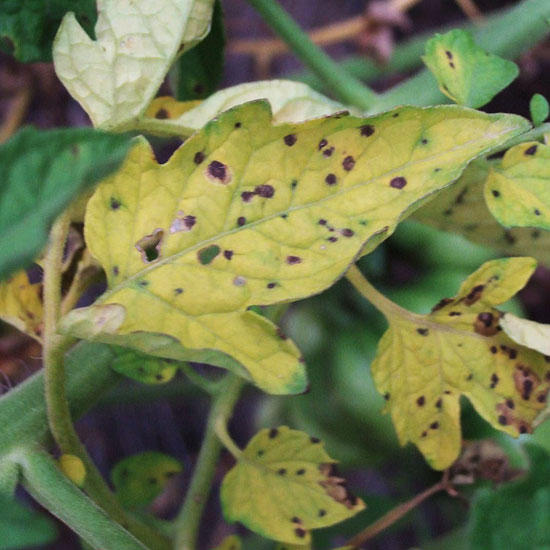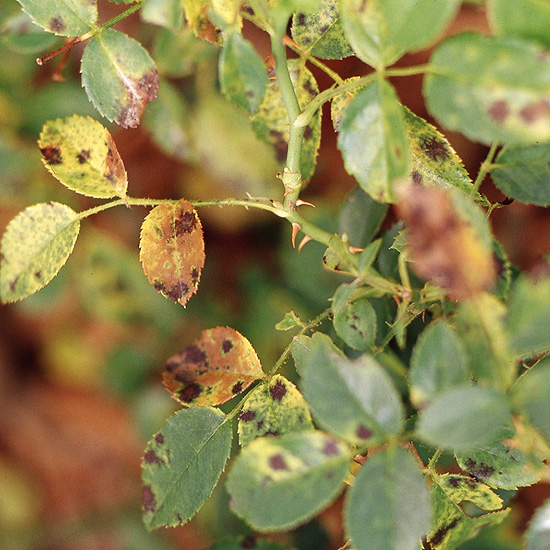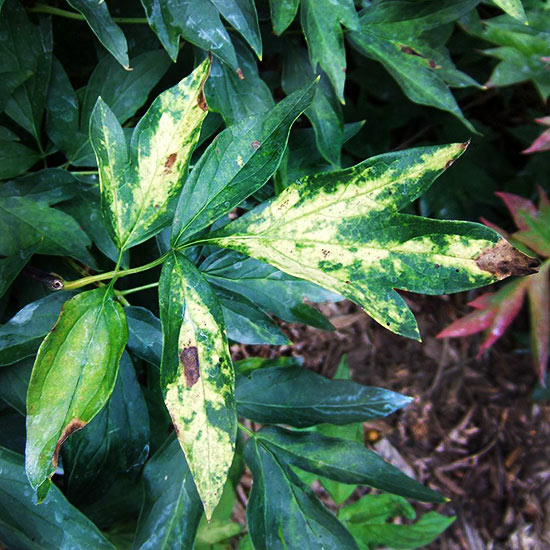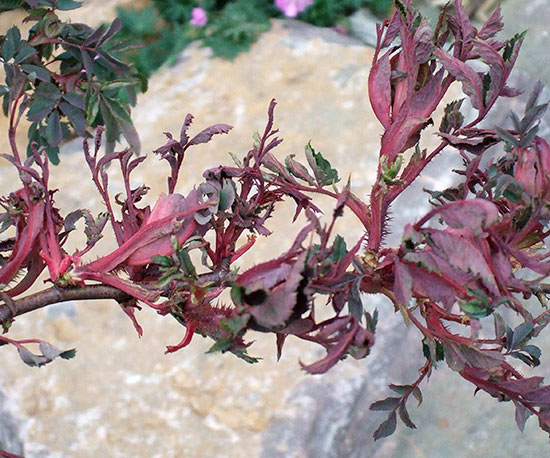





 Lush, healthy plants are the norm. Garden pests strike only when conditions are favorable.
Lush, healthy plants are the norm. Garden pests strike only when conditions are favorable.
Diseases are caused by bacteria, fungi, and viruses. These active organisms have a way of thwarting all gardeners from time to time. It's important to have a good understanding of diseases before you can efficiently send them packing—and get back to the joy of gardening. Let's get started!
continue reading below Delivering water directly to the base of a plant keeps foliage dry and prevents disease development.
Delivering water directly to the base of a plant keeps foliage dry and prevents disease development.
Bacteria are single-celled organisms that live on various kinds of organic matter. Unable to survive in the open, bacteria live inside plants and are transferred plant to plant by insects, water, and hands. Fungi are minute organisms that live on plants and cause visible symptoms. They spread most often via water, wind, and insects. Viruses are the smallest of disease vectors and the most difficult to control. Insects typically spread diseases, but some diseases are spread by seeds and tools.
Generally for a disease to occur, organisms must be transported to a susceptible host, such as a stressed plant. Ideal conditions (humid, dry, cloudy) make it possible for the disease to thrive.
 Leaf spots cause concern but are rarely destructive.
Leaf spots cause concern but are rarely destructive.
Leaf spots are one of the most common symptoms of disease, whether caused by bacteria, fungi, or viruses. Other symptoms of disease include sudden wilting, ragged or curling leaves, deformed flowers or fruit, generally discolored or mottled foliage, and poor growth.
 Bacterial spot
Bacterial spot
Most common in damp, humid weather, the disease can be controlled by avoiding working among wet plants. Bacterial spot symptoms vary but generally they discolor a leaf by producing a dark brown lesion that is surrounded by a yellow halo.
 Black spot
Black spot
Especially common on roses, the fungal disease causes dark splotches on leaves and leaf drop. Black spot grows rapidly during extended periods of wet weather. Provide good air circulation around plants to encourage foliage to dry quickly. Also, when watering plants deliver water to the base of the plant, keeping the foliage as dry as possible.
 Mosaic virus
Mosaic virus
Peonies and other plants affected by this or other viruses should be destroyed to prevent spread of the incurable disease. Symptoms include yellow or green mottled patterns on the infected leaves. Leaves may also be distorted, cupped, or curled.
 Powdery mildew
Powdery mildew
A fungus resembling white powder on foliage thrives during dry, humid weather. Prevent powder mildew by spacing plants adequately during planting. Ample space between plants will allow for air circulation, discouraging the growth of powdery mildew.
 Rose rosette
Rose rosette
This viral disease spreads by a minuscule mite. It cannot be prevented or cured. The best course of action is to remove infected plants. Symptoms include thick, reddish new stems that have many times the normal number of thorns. There is often a large flush of growth at the end of the infected stems.
 Rust
Rust
Spread by several fungus species, rust deforms leaves with orange, gold, or brown-red spots and weakens plants. Rust is largely cosmetic and control is usually not warranted. Promote healthy growing conditions and plants will overcome a rust outbreak.
Prevention is the best defense against pathogens. Above all, start with disease-resistant plant varieties and practice garden hygiene. A disease-prevention strategy includes these:
Copyright © www.100flowers.win Botanic Garden All Rights Reserved